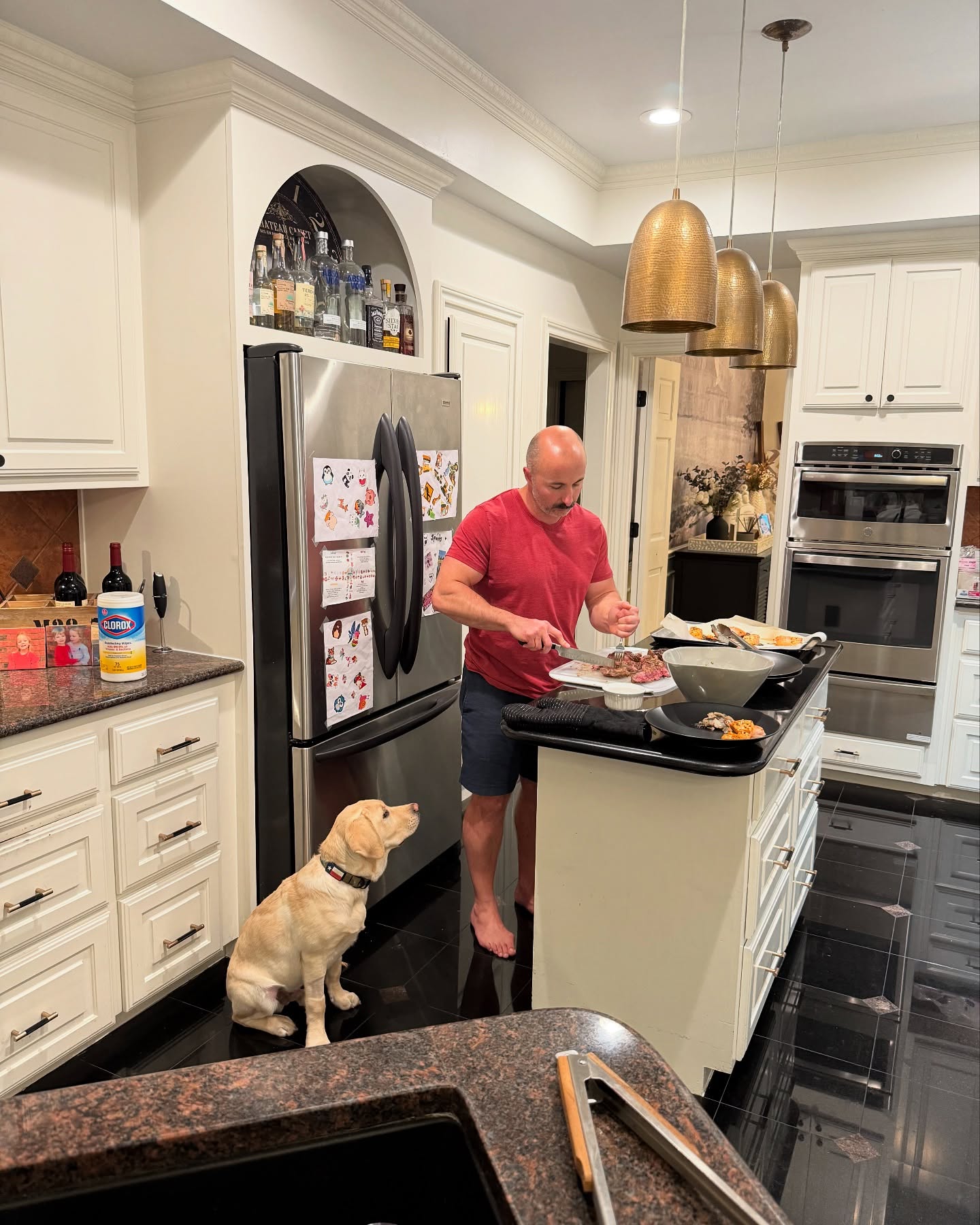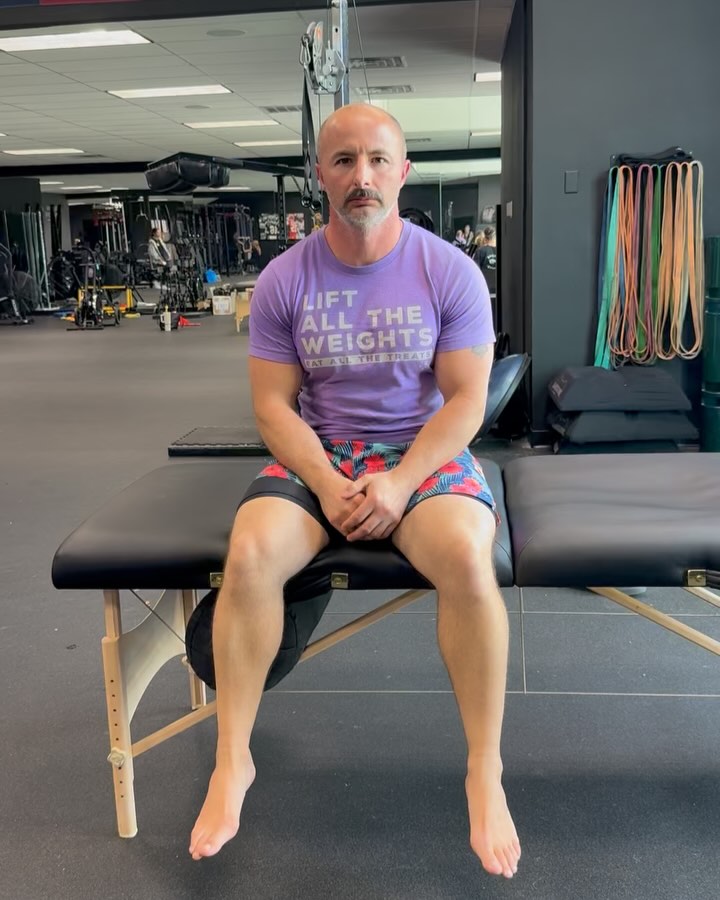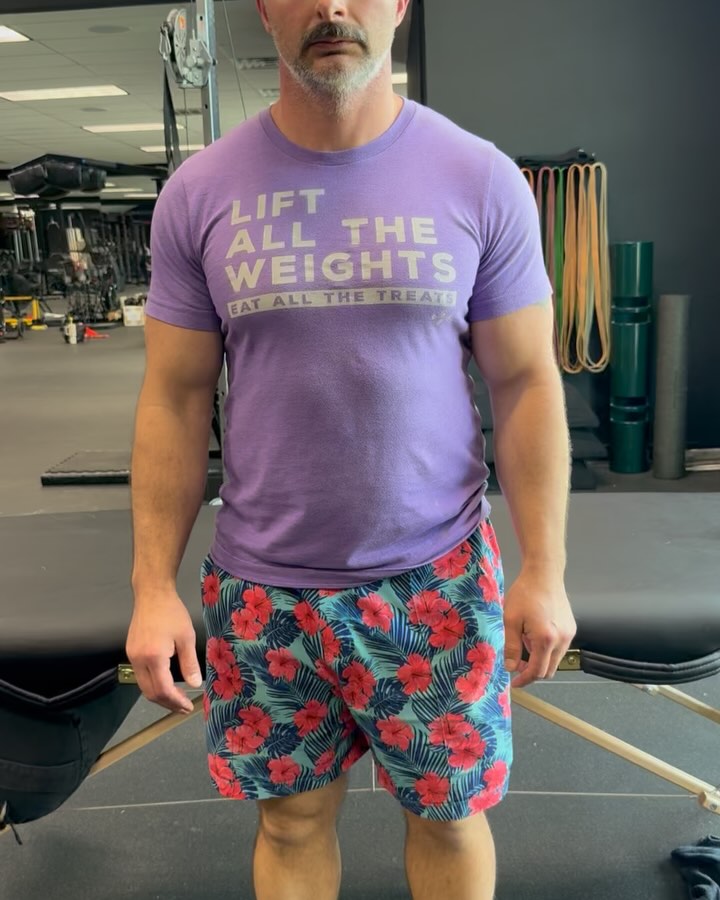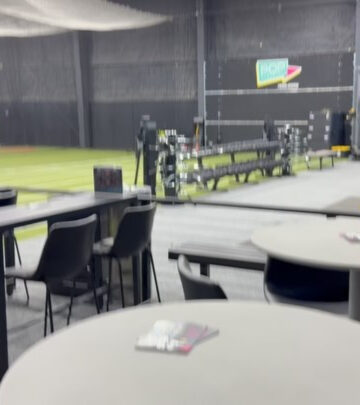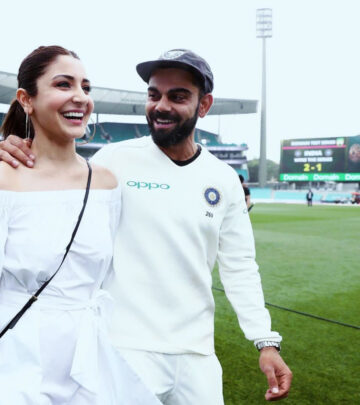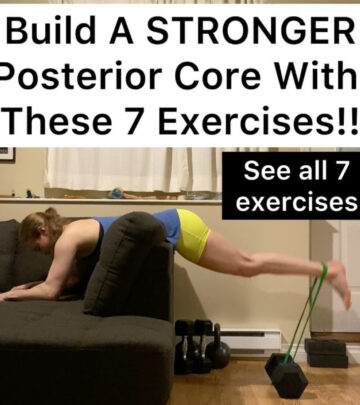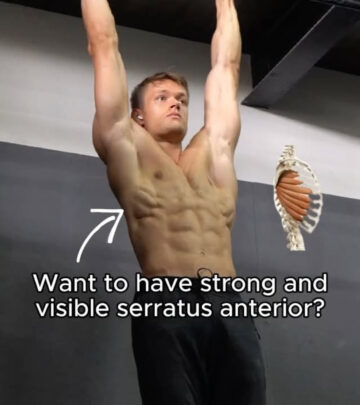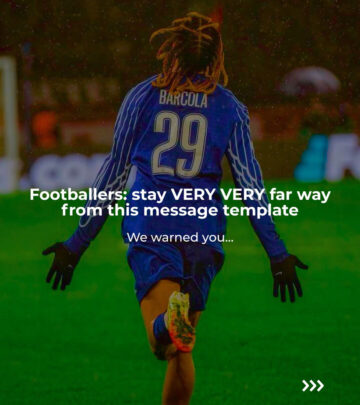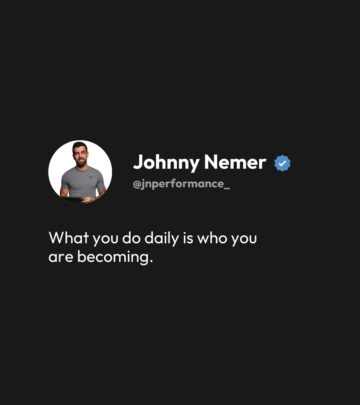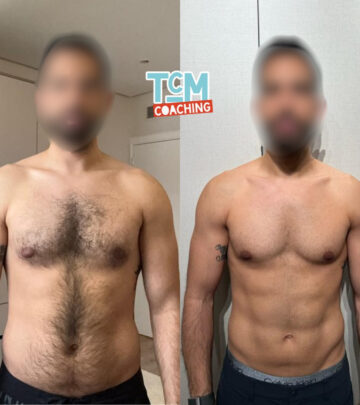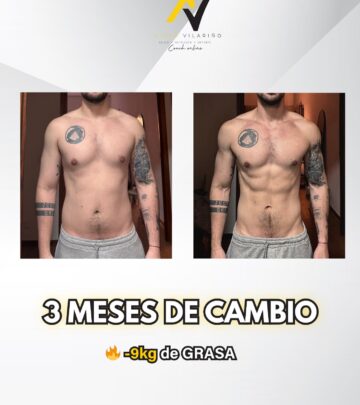Neuroconditioning Mentorship Transforms Performance Training
Ryan Bachik hosts two mentees, fusing virtual training with Dallas in-person activations.
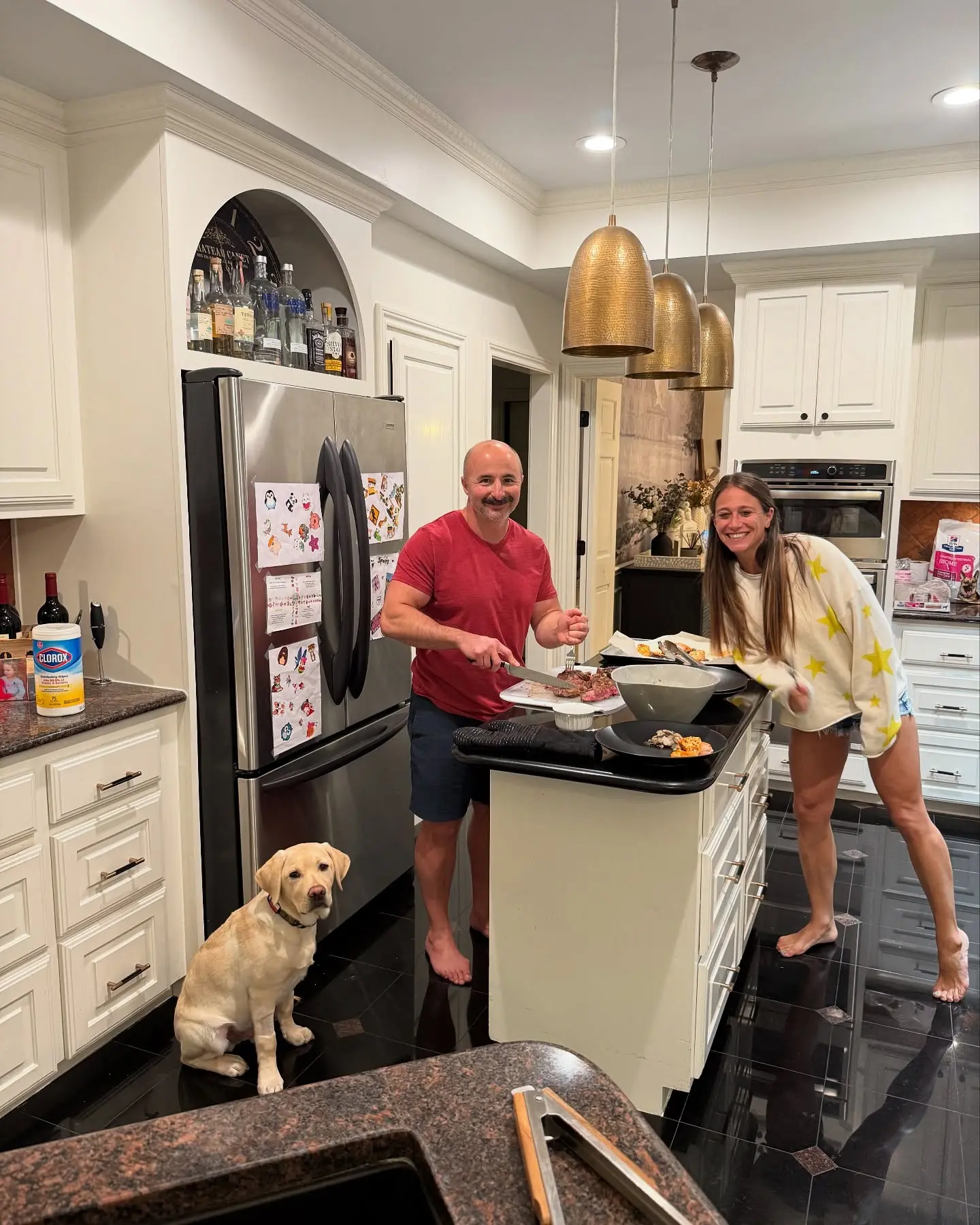
Image: Instagram
Ryan Bachik, the force behind the innovative Bachik Methods, recently completed a milestone event at his Dallas facility. After a rigorous 12-week neuroconditioning mentorship, his first two mentees, the newly recruited DPT Laura Davis from Austin and Matthew Barrack from Pennsylvania, came together for an in-person activation series. The immersive session, held at Bachik’s home and professional facility, offered a hands-on review of techniques that fuse virtual learning with real-time physical training—an approach that is rapidly influencing the worlds of rehabilitation and performance.
Innovative Neuroconditioning Mentorship
The event, described by Bachik in a candid Instagram caption, marked the culmination of an intensive program rooted in the principles of neuroconditioning. The process is designed to empower individuals by restoring their innate control and optimizing their parasympathetic responses. Participants experienced a full activation series; a session that not only reinforced the strategies taught virtually over 12 weeks but also provided an opportunity for live feedback. In one part of the session, Bachik shared that he uploaded the last two videos of Matthew’s feedback. These videos captured a detailed testing sequence that revealed distinctive pattern priorities and a full zone 1 reset—a transformation that Bachik described as “game changing.”
Bachik’s methods are not merely about physical exercise; they are about tapping into the body’s neurological command center. Through exercises that emphasize proper breathing—prioritizing diaphragm use—and movement sequences focusing on sagittal, frontal, and transverse plane stability, his program is built on the notion that the brain is the ultimate commander of bodily functions. This neuroconditioning is particularly vital for athletes and those undergoing rehabilitation, as it provides a controlled environment for optimizing performance and recovery.
Legacy Of A Mentor And A Transformative Approach
Central to Bachik’s approach is his long-standing relationship with mentor Douglas Heel, the architect behind the Be Activated work. Bachik explained that only a select few, less than ten individuals globally, have received his mentor’s personal endorsement for employing this creation. With Douglas often by Bachik’s side during intensive training sessions, the lineage of this method is deeply personal and firmly rooted in years of mutual learning and perseverance. Bachik’s narrative highlights a stark contrast: while some might dismiss the work as quirky or gimmicky, those who embrace it experience a profound return of control over their own performance. With as little as 10 minutes of daily self work, clients learn strategies to maintain optimal states during various physical tasks.
Bachik is quick to point out that the impact of this training extends well beyond personal transformation. “Not many know this work,” he writes, emphasizing how the fusion of virtual and in-person training is redefining rehabilitation. His belief is that this approach gives individuals the tools to not only recover from injury or underperformance but also to excel in their daily pursuits—be it in sports or personal fitness regimes.
Neuroconditioning In Baseball Performance
In an intriguing extension of his work, Bachik also shared his plans to incorporate neuroconditioning strategies in the world of baseball. In collaboration with partners such as Shawn Tolleson and the team at POP Athletics, Bachik will be collecting pre-baseline data on batting and throwing. The plan is to conduct activation series, perform resets, and capture post-test data. This method could revolutionize how performance data is interpreted on the field, ultimately enhancing an athlete’s stability and control during high-stakes moments. By objectively measuring the outcomes through structured testing, Bachik intends to let the data and client outcomes speak to the efficacy of neuroconditioning.
In his detailed account, Bachik explains that the system’s design helps athletes remain parasympathetic during their session, creating a state of coherence that is beneficial for activities as demanding as hitting a baseball. His vision is to have these protocols become an integral part of every high-level player’s training arsenal. The successful melding of clinical neuro rehabilitation with performance sports training speaks to a larger trend where science and sport converge, turning once unconventional routines into potential game changers.
Beyond the technical aspects, Bachik’s event exudes a sense of community and mentorship. His invitation for mentees to return to Dallas and experience the activation in a personal space emphasizes the value of connection and shared learning experiences. The tangible benefits of community support, reinforced by technology-driven insights, create an environment where innovation can truly flourish.
By hosting the event in his Dallas home and facility, Bachik effectively closed the loop between virtual instruction and real-world application. The success of this hybrid approach underscores his commitment to evolving traditional training methods, and his mentorship delivers an inspiring blueprint for others in the neurorehab and performance fields.
The result is a dynamic blend of educational intensity, scientific rigour, and personal growth that is setting new standards in the realm of athletic training and rehabilitation. The event not only solidifies Bachik’s reputation for pioneering neuroconditioning methods but also signals a broader shift in how we perceive the convergence of technology, physiology, and performance.
With emerging data and enthusiastic client feedback, the future of neuroconditioning in sports and rehabilitation looks promising, as more practitioners and athletes are set to benefit from these groundbreaking techniques.
Read full bio of Srijita De



